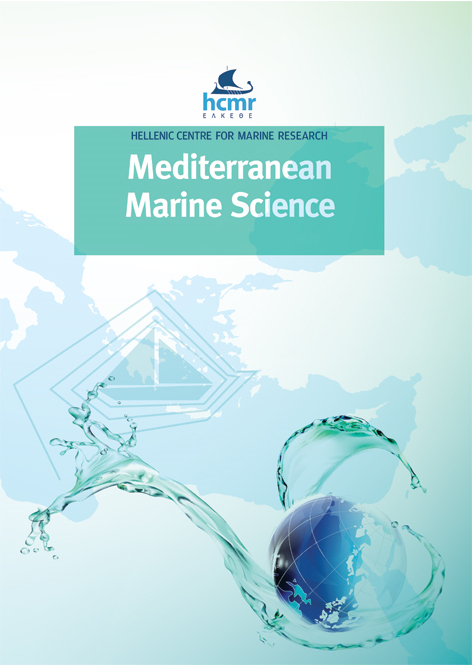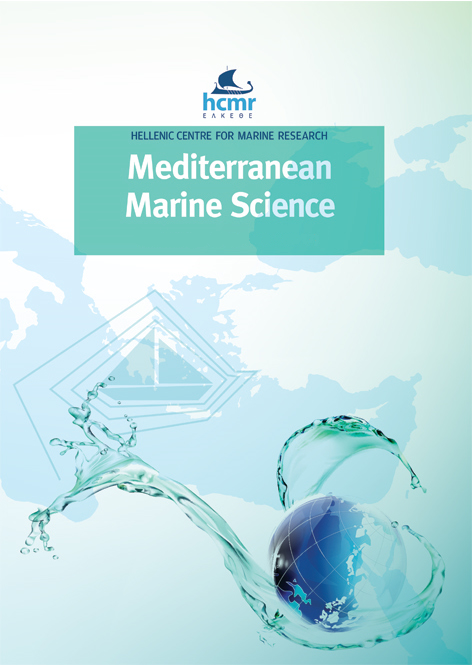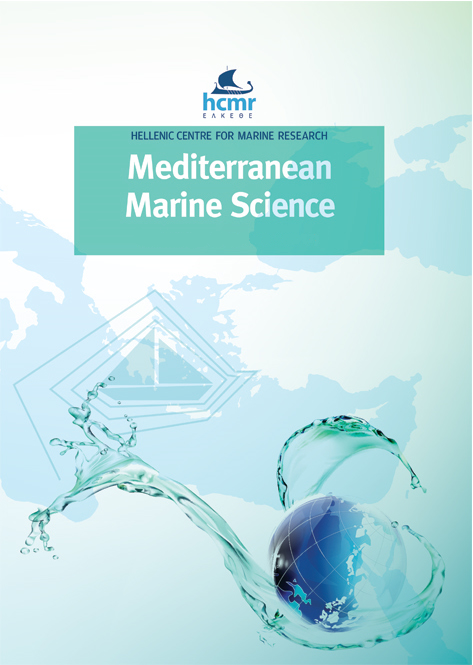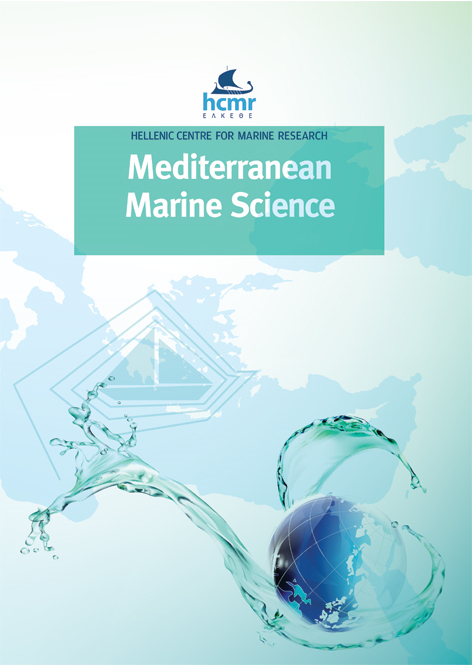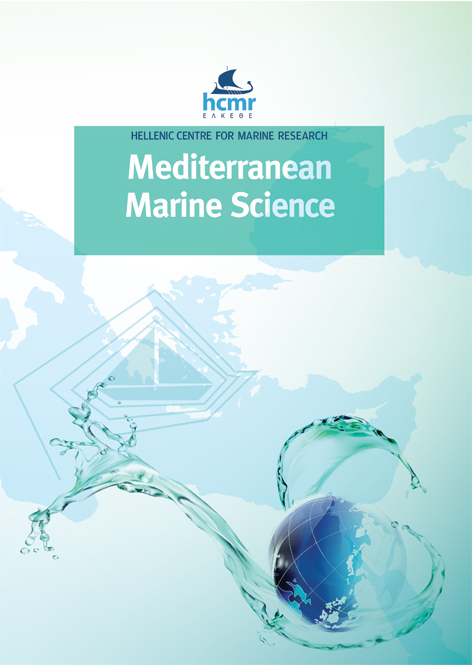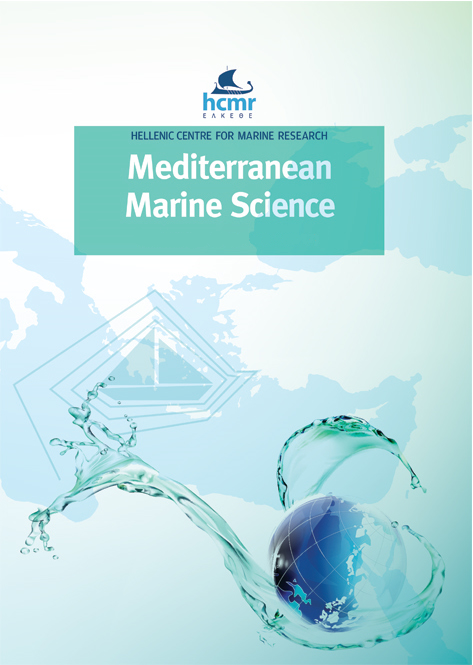Opportunistic seaweeds replace Cystoseira forests on an industrialised coast in Cyprus
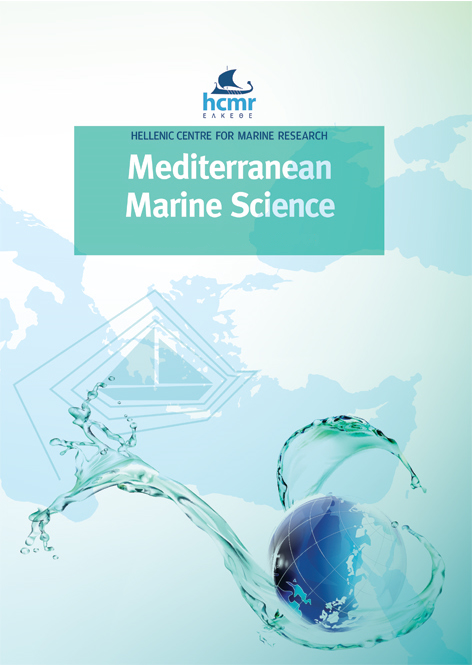
Abstract
Seaweeds are affected by humans worldwide, although no studies have assessed this in Cyprus. The Water Framework Directive requires ecological assessments of European coastal waters with biological indicators. We investigated macroalgal community metrics in the upper subtidal across ca 10 km of shoreline, encompassing undeveloped areas with limited human access as well as the most industrialised and impacted coast of Cyprus (Vasiliko Bay). Quadrats (20 x 20cm) were used to survey the algal communities in summer 2012 and spring 2013. Of the 51 taxa, we recorded, Cladophora nigrescens and Laurencia caduciramulosa (a non-native species) are new records for Cyprus. Brown algae of the genus Cystoseira, e.g., Cystoseira barbatula, formed dense forests covering rocky substrata on shorelines with limited human access. Cystoseira decreased in abundance around bathing waters and was very rare in heavily industrialised parts of the bay. In impacted areas, fleshy and filamentous opportunistic species such as opportunistic Ulva and Chaetomorpha species with lower biomass than perennial species, proliferated in spring. The Ecological Evaluation Index (EEI-c) we used was a robust biotic index reflecting anthropogenic stress. Without improved management, the Marine Strategy Framework Directive targets may not be met on some coastlines of Cyprus since seaweed forests are in decline and are further threatened by imminent development.
Article Details
- Zitationsvorschlag
-
KLETOU, D., SAVVA, I., TSIAMIS, K., & HALL-SPENCER, J. M. (2018). Opportunistic seaweeds replace Cystoseira forests on an industrialised coast in Cyprus. Mediterranean Marine Science, 19(3), 598–610. https://doi.org/10.12681/mms.16891
- Ausgabe
- Bd. 19 Nr. 3 (2018)
- Rubrik
- Research Article
Authors who publish with this journal agree to the following terms:
- Authors retain copyright and grant the journal right of first publication with the work simultaneously licensed under a Creative Commons Attribution Non-Commercial License that allows others to share the work with an acknowledgement of the work's authorship and initial publication in this journal.
- Authors are able to enter into separate, additional contractual arrangements for the non-exclusive distribution of the journal's published version of the work (e.g. post it to an institutional repository or publish it in a book), with an acknowledgement of its initial publication in this journal.
- Authors are permitted and encouraged to post their work online (preferably in institutional repositories or on their website) prior to and during the submission process, as it can lead to productive exchanges, as well as earlier and greater citation of published work (See The Effect of Open Access).





